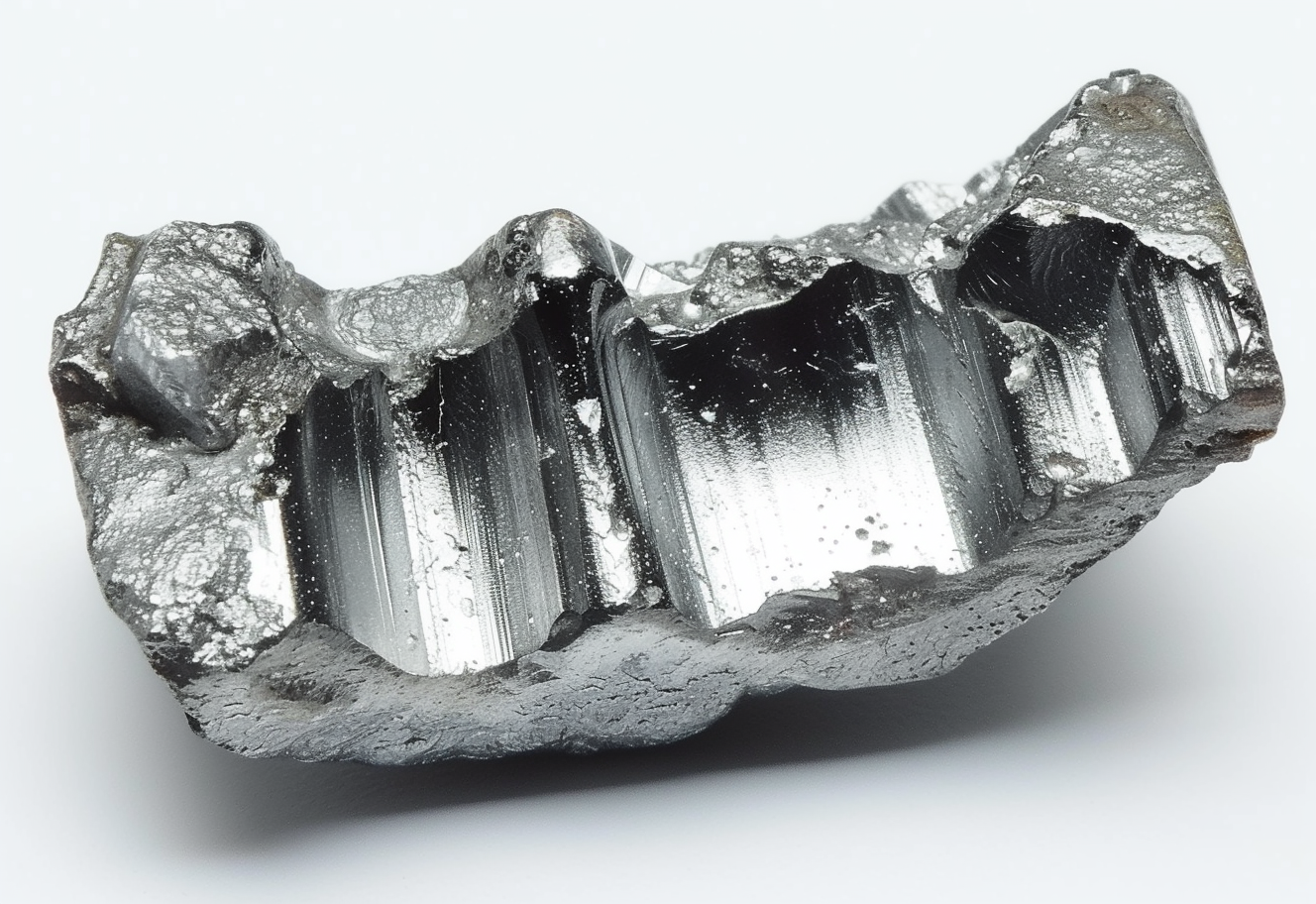In the ever-evolving landscape of electronics, the quest for materials that can enhance performance and efficiency is relentless. One such element that has been gaining prominence for its unique properties is terbium. This rare earth element, often found in conjunction with other rare earths, has demonstrated remarkable applications in the field of electronics. From improving the efficiency of electronic devices to revolutionizing communication technologies, terbium is making its mark as a crucial component in the world of electronics.
Terbium, nestled within the lanthanide series of elements, distinguishes itself with a fascinating array of electronic characteristics. At the heart of its uniqueness lies the mesmerizing ability to emit vibrant green and red light. This distinctive trait has proven to be more than just a scientific curiosity, finding its practical application in a diverse range of electronic devices. Terbium's luminescent prowess has, for instance, become instrumental in shaping the vivid and dynamic displays of modern electronic screens, contributing to the visual appeal of devices we encounter daily.

Beyond its luminosity, terbium unveils another facet of its versatile nature—magnetic properties that elevate it to a pivotal role in the creation of potent magnets. This magnetic prowess is harnessed across various electronic applications, including the crafting of powerful magnets indispensable for the functionality of hard disk drives and the efficiency of electric motors. The marriage of terbium's magnetic capabilities with electronic components not only amplifies performance but also fuels innovations in compact and powerful electronic devices, underscoring the essential role terbium plays in advancing modern technology.
Terbium's magnetic persona extends beyond the confines of consumer electronics, extending its influence to emerging technologies like quantum computing and magnetic storage. As the electronic landscape continues to evolve, terbium's magnetic properties position it as a linchpin in the quest for enhanced computational power and data storage capabilities, propelling the industry into new frontiers of efficiency and capacity.
Terbium is a key player in the realm of LED (Light Emitting Diode) lighting. The ability of terbium to emit green and red light makes it an ideal phosphor material for creating white light in LEDs. This application has significantly contributed to the energy efficiency and longevity of LED bulbs. As the world continues to shift towards sustainable and energy-efficient technologies, terbium's role in LED lighting becomes increasingly crucial.
The vibrant colors displayed on screens, from television sets to computer monitors, are often the result of phosphors containing terbium. Terbium's unique ability to emit distinct colors contributes to the vivid and sharp images we see in modern display technologies. The use of terbium in display technologies has become integral to the visual experience in various electronic devices.
Terbium has made notable contributions to communication technologies, particularly in the development of fiber optics. Fiber optic cables, which form the backbone of high-speed internet and telecommunications networks, often contain terbium compounds. These compounds help amplify signals as they travel through the fiber optic cables, ensuring efficient and reliable communication over long distances.
Terbium's magnetic properties have led to its use in the production of powerful magnets. These magnets find applications in various electronic devices, including hard disk drives and electric motors. The use of terbium in magnets enhances the overall performance and efficiency of these devices, making them more compact and powerful.
Terbium compounds also play a role as catalysts in the manufacturing of electronic components. Catalysts are substances that facilitate and accelerate chemical reactions without being consumed in the process. In electronic manufacturing, terbium catalysts contribute to the efficient production of semiconductors and other essential components.
Terbium has also been explored for its potential role in energy storage solutions. Research is ongoing to determine its suitability in advanced batteries and energy storage devices, contributing to the development of more efficient and sustainable energy storage technologies.
The integration of terbium into various electronic devices has a direct impact on energy efficiency. LED lighting, for example, consumes significantly less energy compared to traditional incandescent bulbs, and terbium's role in creating efficient phosphors contributes to this energy savings. Additionally, the use of terbium in magnets for electric motors enhances the efficiency of electric vehicles and other electronic appliances.
While terbium's applications in electronics offer numerous benefits, it's essential to consider the environmental aspects of its extraction and usage. Rare earth elements, including terbium, are often associated with environmental concerns due to the environmental impact of mining and processing. Efforts to develop sustainable practices in rare earth element extraction and recycling are crucial to mitigate these concerns.
Terbium's uses in electronics go beyond mere enhancement; they represent a fundamental shift towards more efficient, sustainable, and technologically advanced devices. From the brilliance of LED lighting to the efficiency of communication technologies, terbium's unique properties have positioned it as a key player in the electronic revolution. As researchers and engineers continue to explore novel applications, terbium is likely to play an even more significant role in shaping the future of electronic devices, contributing to a world where efficiency and sustainability coexist harmoniously.
Click here to inquire about high-quality terbium oxide powder.
Eric Loewen
Eric Loewen graduated from the University of Illinois studying applied chemistry. His educational background gives him a broad base from which to approach many topics. He has been working with topics about advanced materials for over 5 years at Stanford Materials Corporation (SMC). His main purpose in writing these articles is to provide a free, yet quality resource for readers. He welcomes feedback on typos, errors, or differences in opinion that readers come across.